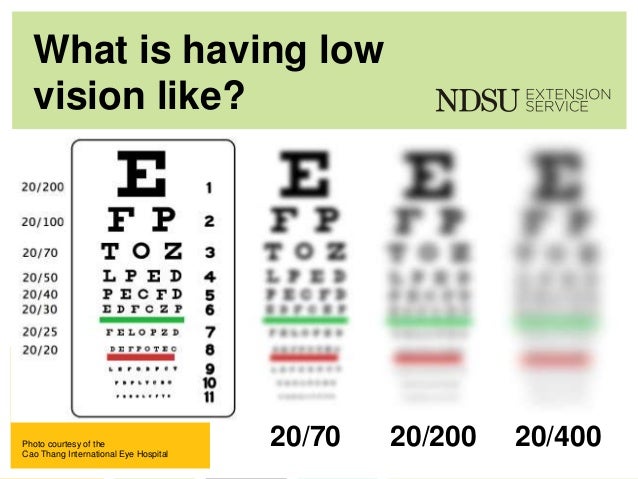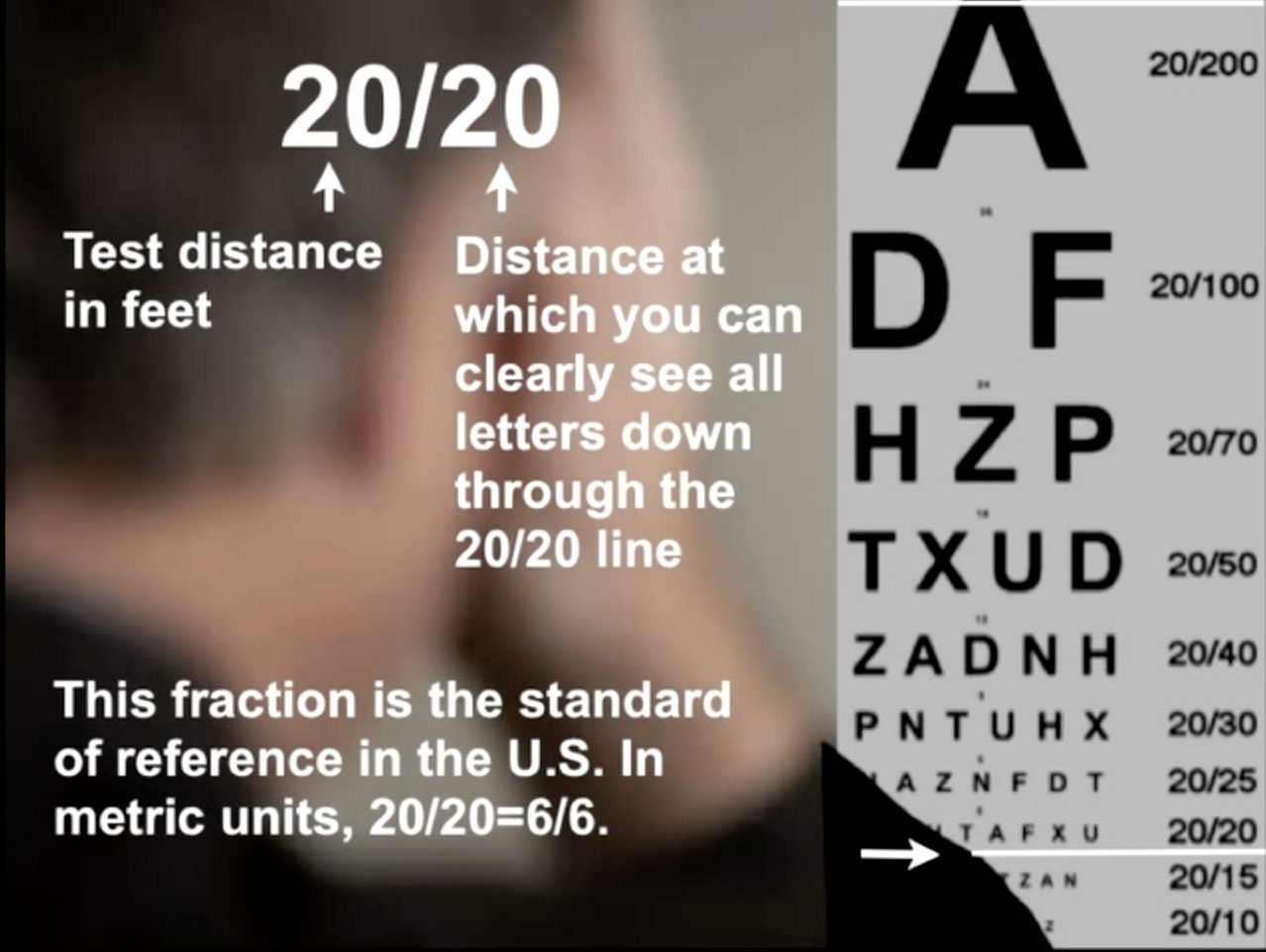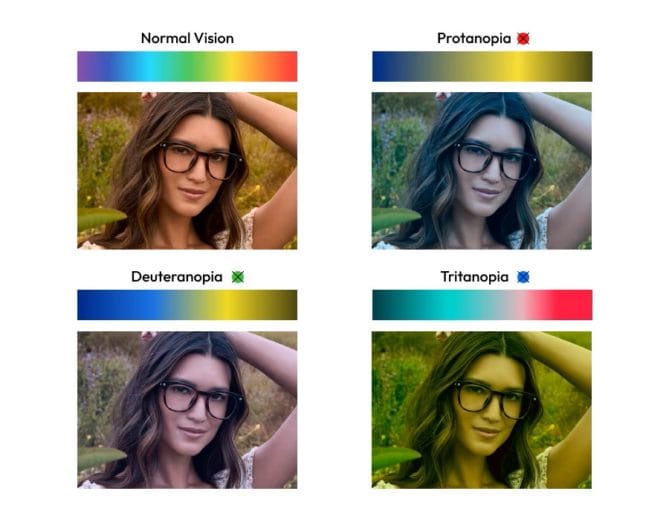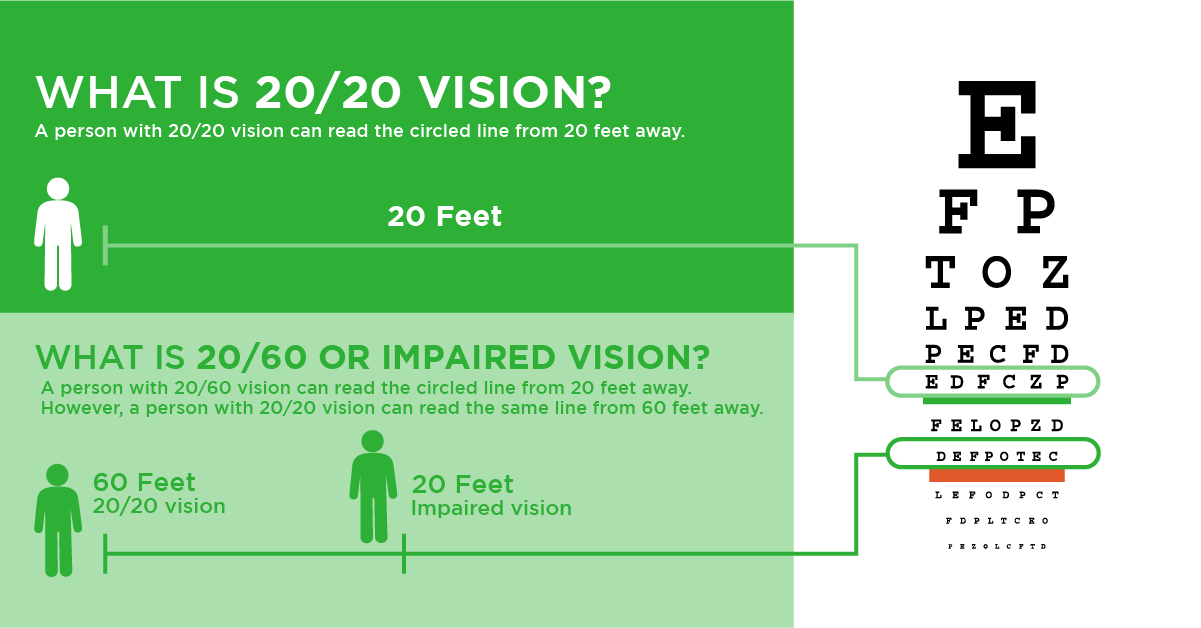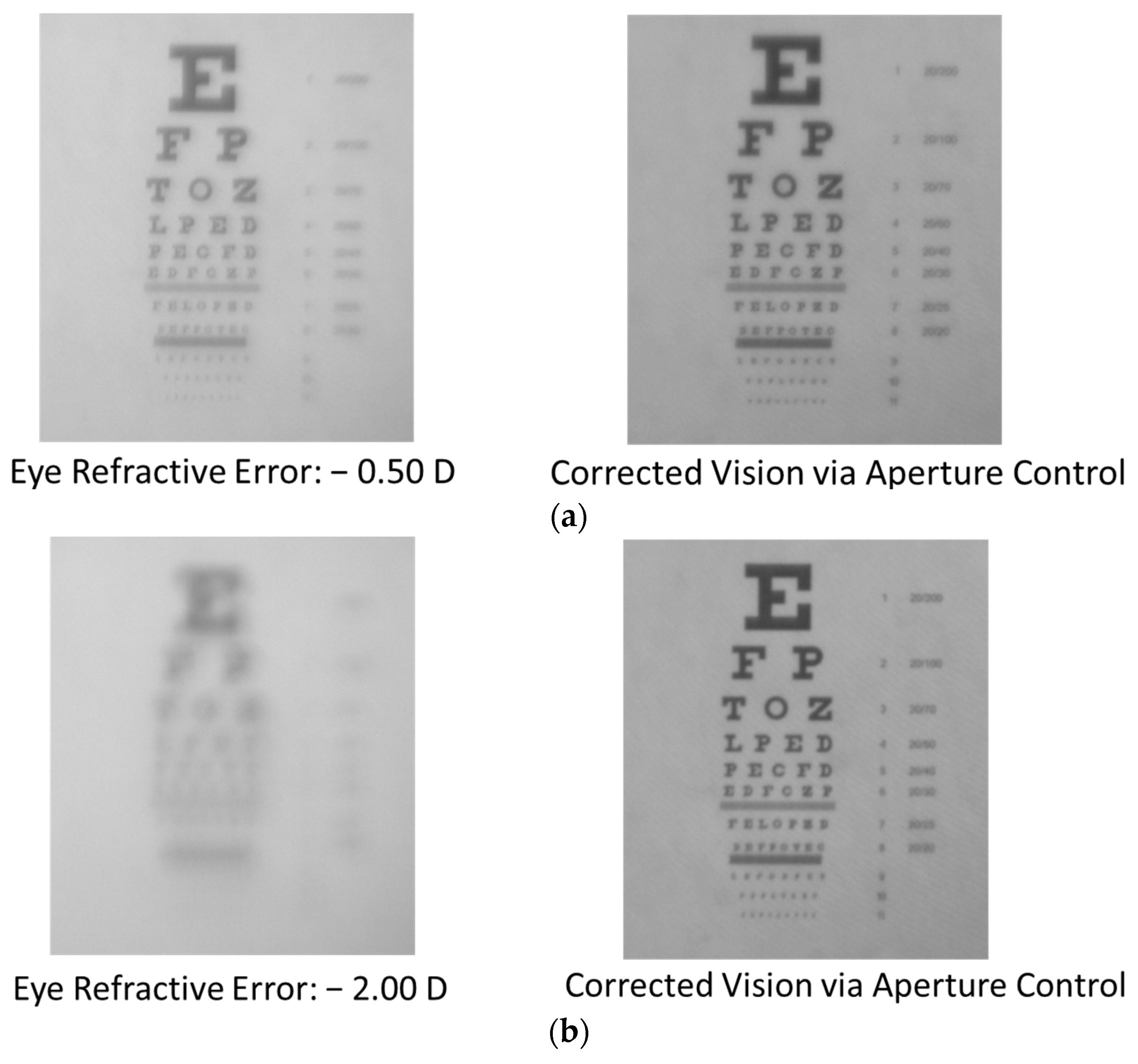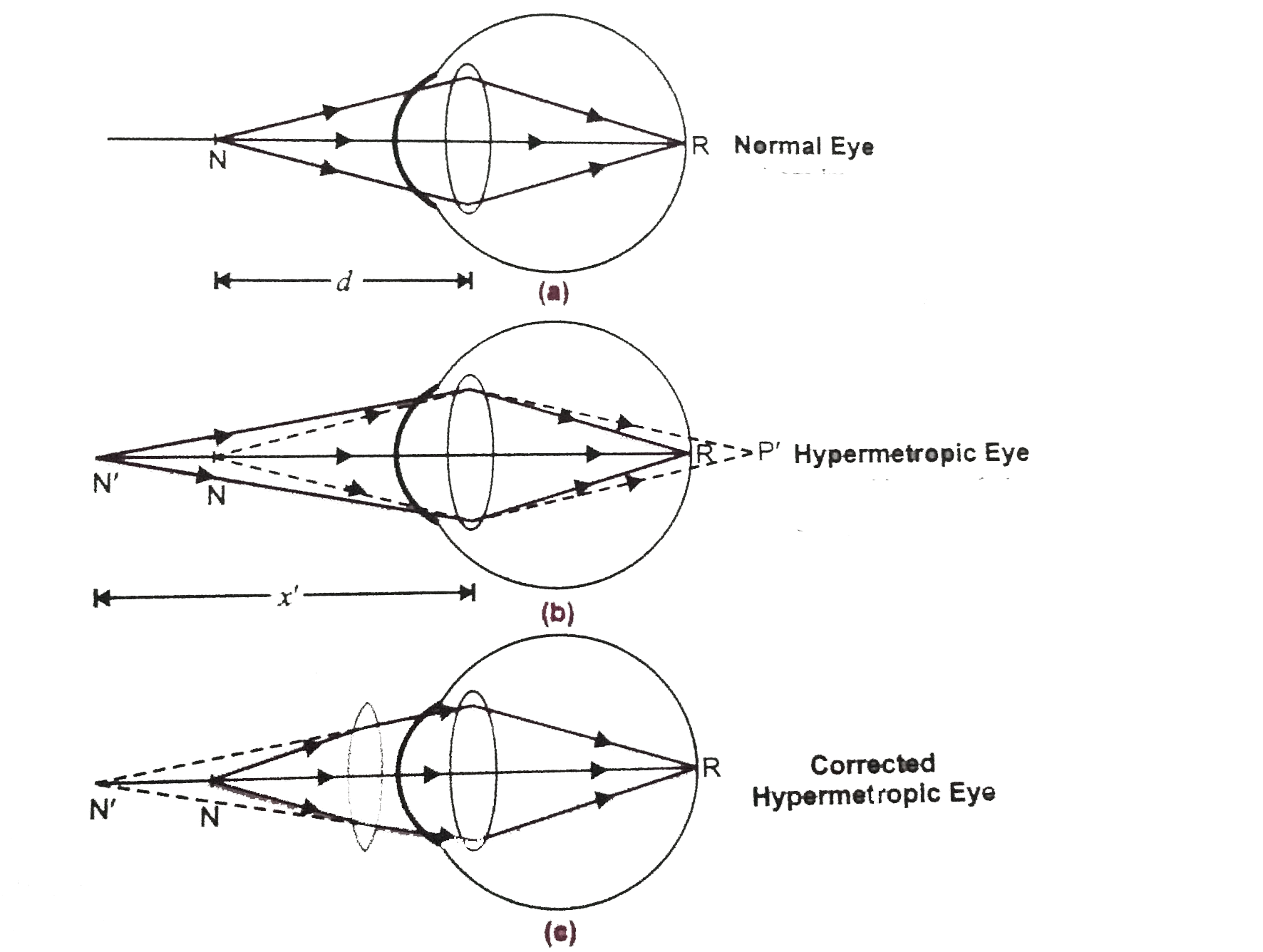Can 20 400 Vision Be Corrected

The pursuit of perfect vision is a long-standing human endeavor, with ongoing advancements in technology and medical understanding continuously pushing the boundaries of what's possible. A common question that arises in eye care is whether 20/400 vision, a level of visual acuity significantly below the norm, can be effectively corrected.
This article explores the possibilities and limitations of correcting 20/400 vision, examining available treatment options and their potential impact on individuals with this degree of visual impairment.
Understanding 20/400 Vision
20/400 vision indicates that a person can see something at 20 feet that a person with normal vision can see at 400 feet. This level of visual impairment falls within the range of legal blindness, according to the American Academy of Ophthalmology. It means significant difficulty in performing everyday tasks without assistance.
The underlying causes of 20/400 vision can be diverse, ranging from refractive errors to more serious eye diseases. Understanding the root cause is crucial for determining the most appropriate course of treatment.
Corrective Lenses: The First Line of Defense
For many individuals with 20/400 vision, corrective lenses, such as eyeglasses or contact lenses, can offer a significant improvement. These lenses work by correcting refractive errors like myopia (nearsightedness), hyperopia (farsightedness), and astigmatism.
The extent of correction achievable with lenses depends on the severity and nature of the refractive error. While lenses might not fully restore 20/20 vision, they can often improve visual acuity to a functional level.
Surgical Interventions: A More Permanent Solution
For some, surgical procedures like LASIK, PRK, or SMILE can offer a more permanent correction of refractive errors. These procedures reshape the cornea to improve the eye's ability to focus light correctly.
However, these surgeries are typically only suitable for certain types of refractive errors and require a thorough evaluation to determine candidacy. Individuals with underlying eye diseases may not be eligible.
Advanced Treatments for Eye Diseases
In cases where 20/400 vision is caused by eye diseases like cataracts, glaucoma, or macular degeneration, treatment focuses on managing the underlying condition. Cataract surgery, for example, involves replacing the clouded lens with an artificial one, which can significantly improve vision.
For glaucoma, treatments such as eye drops, laser therapy, or surgery aim to lower intraocular pressure and prevent further damage to the optic nerve. Macular degeneration, particularly the wet form, can be treated with injections of anti-VEGF drugs to slow down vision loss.
Assistive Devices and Visual Rehabilitation
Even with medical and surgical interventions, some individuals may not achieve full restoration of vision. In these cases, assistive devices and visual rehabilitation can play a crucial role in improving their quality of life.
Assistive devices include magnifiers, telescopes, and electronic aids that enhance visual information. Visual rehabilitation programs help individuals learn to use their remaining vision more effectively and adapt to their visual impairment.
The Role of Early Detection and Intervention
Early detection and intervention are paramount in managing vision problems and preventing further deterioration. Regular eye exams are essential for identifying potential issues and initiating timely treatment.
This is particularly important for children, as early intervention can prevent amblyopia (lazy eye) and other vision problems that can impact their development.
The Story of Maria: A Glimmer of Hope
Maria Rodriguez, a 55-year-old woman with 20/400 vision due to cataracts, underwent cataract surgery and experienced a remarkable improvement in her visual acuity. Before the surgery, she struggled with everyday tasks like reading and driving.
Afterward, she was able to regain her independence and enjoy activities she had previously given up. Her story highlights the significant impact that corrective measures can have on individuals with impaired vision.
Limitations and Future Directions
While significant advancements have been made in correcting vision, limitations still exist. Some eye conditions may not be fully treatable, and the effectiveness of treatments can vary depending on individual factors.
Ongoing research is focused on developing new therapies, including gene therapy and stem cell therapy, to address previously untreatable eye diseases. These advancements hold promise for future generations.
Conclusion
The ability to correct 20/400 vision depends largely on the underlying cause and the available treatment options. While complete restoration of 20/20 vision may not always be possible, significant improvements can often be achieved through corrective lenses, surgery, and other interventions.
Early detection, appropriate treatment, and the use of assistive devices can significantly enhance the quality of life for individuals with this level of visual impairment. Continued research and innovation offer hope for even more effective solutions in the future.
